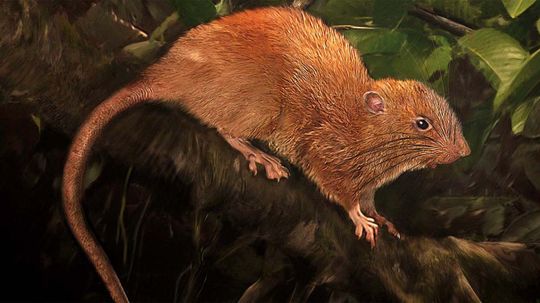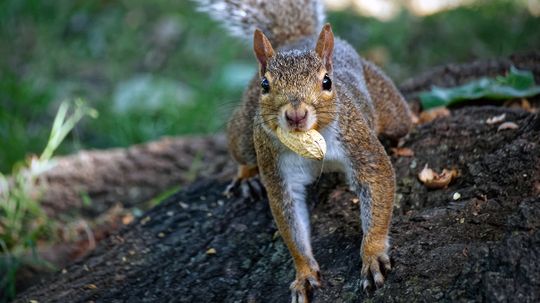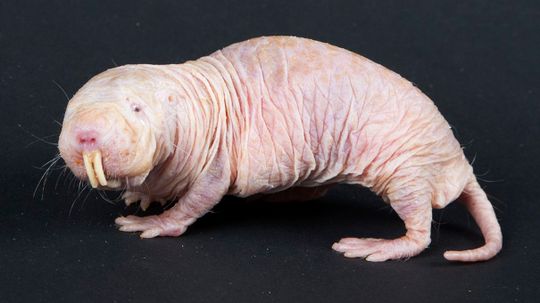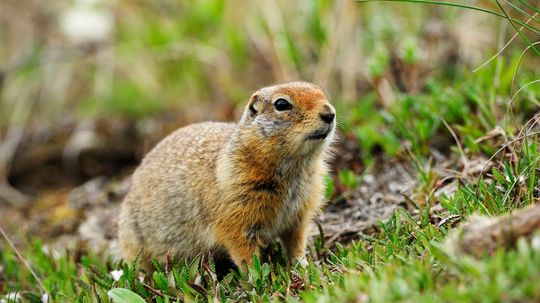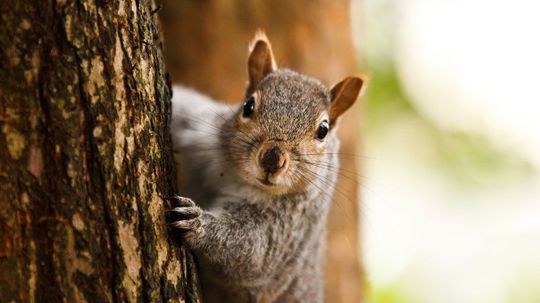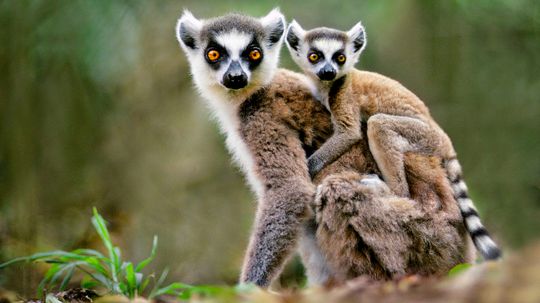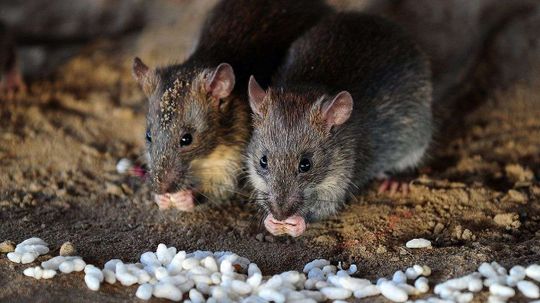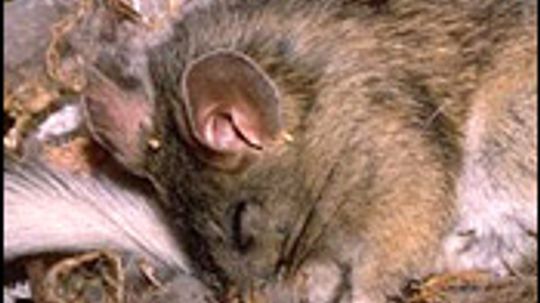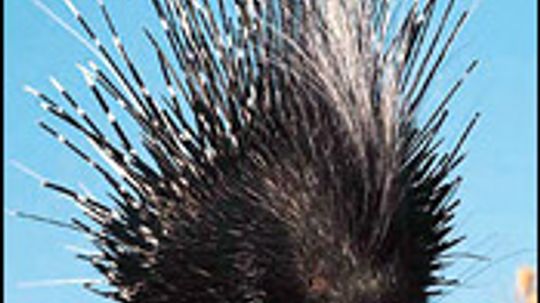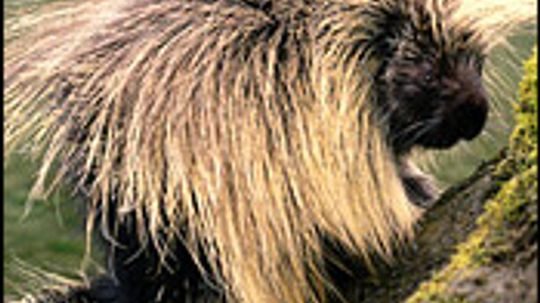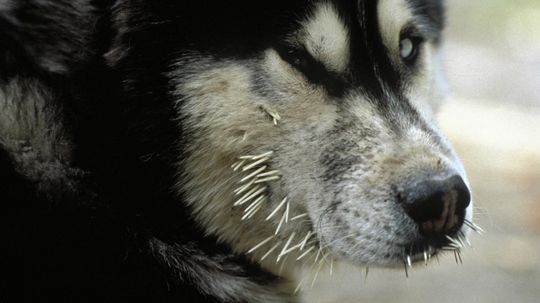Rodents
Nearly 40% of mammal species are rodents, and they are found on every continent except Antarctica. Rodents include mice, rats, squirrels, chipmunks and beavers, among others.
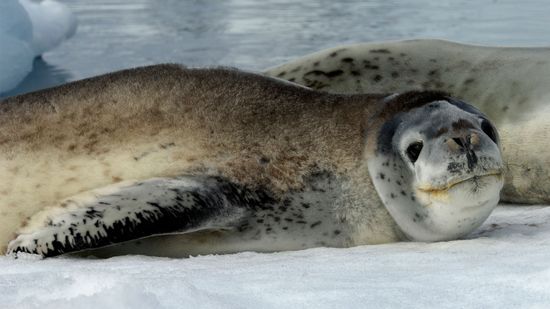
Leopard Seals Are Apex Predators of the Antarctic
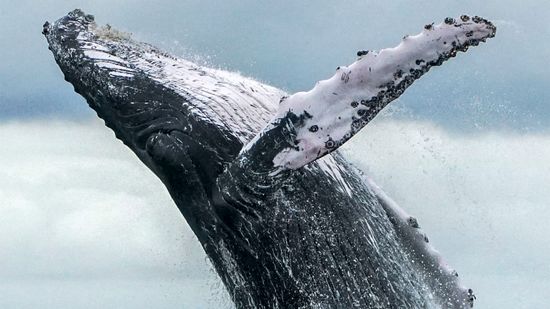
Humpback Whales Have Made an Amazing Comeback From Extinction

9 Enormous Facts About Sperm Whales, Gigantic Creatures of the Sea
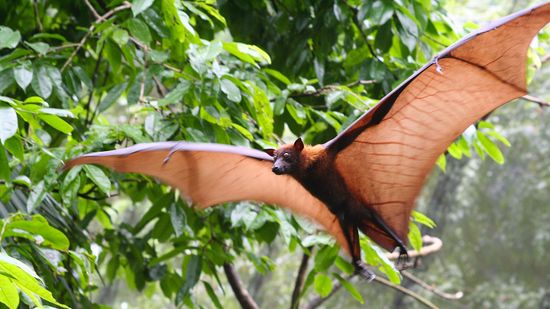
The Largest Bat in the World Has a Wingspan Over 5 Feet
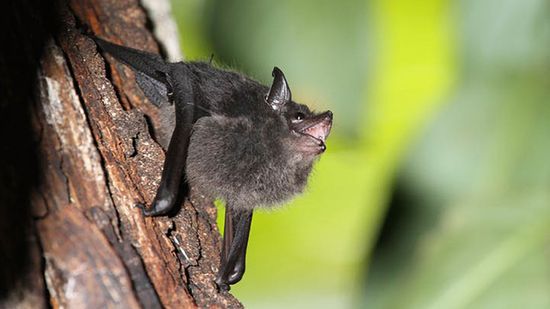
Baby Bats Babble With Moms, Hinting at Human Language Development
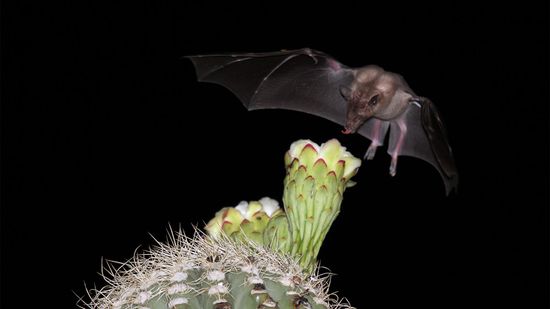
Fruit Bats Are the Best Pollinators (and Suppliers of Tequila)
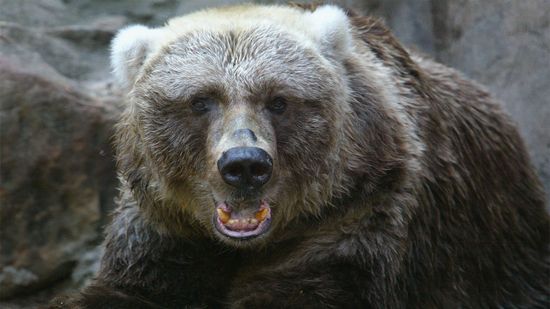
Alaska's Kodiak Bear Is One of the Planet's Biggest
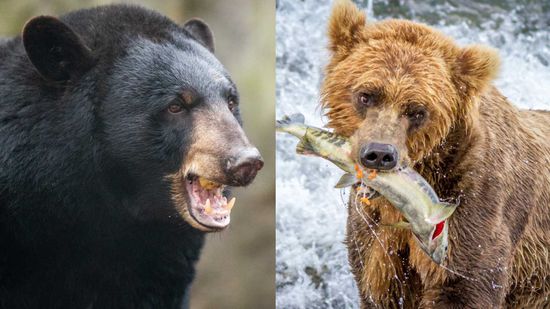
What's the Difference Between a Brown Bear and a Black Bear?
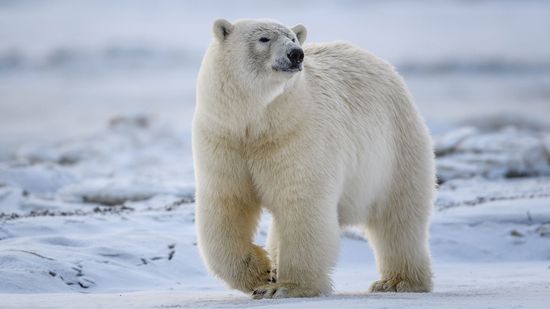
How Polar Bears Work
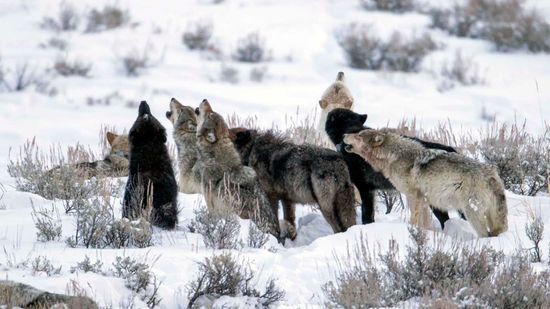
Gray Wolves Will Get Federal Protection Again in Much of U.S.
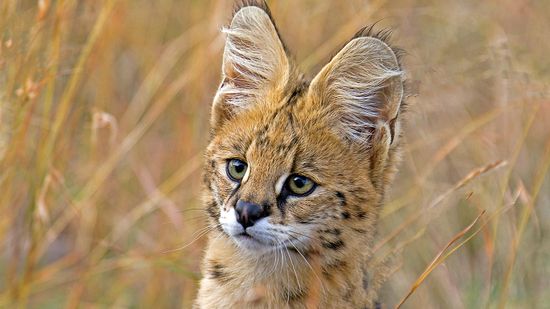
The Serval Stands Tall and Jumps Like A Champion

Are Dingoes Dangerous (and Did One Really Eat a Baby)?

Bison vs. Buffalo: What's the Difference?

Lamb vs. Sheep: Do You Know the Difference?
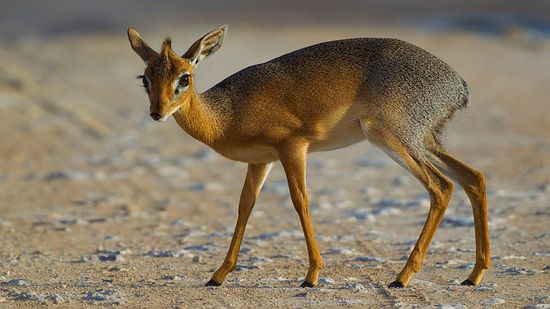
Dik-dik: The Tiny Antelope With the Embarrassing Name
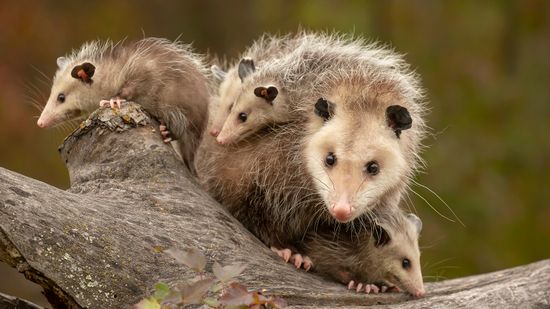
What Do Possums Eat? Most Things, It Turns Out
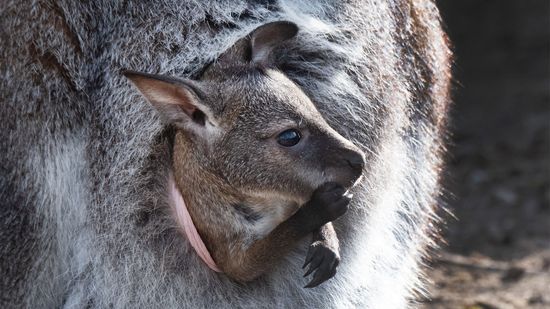
What's It Like Inside a Kangaroo's Pouch?
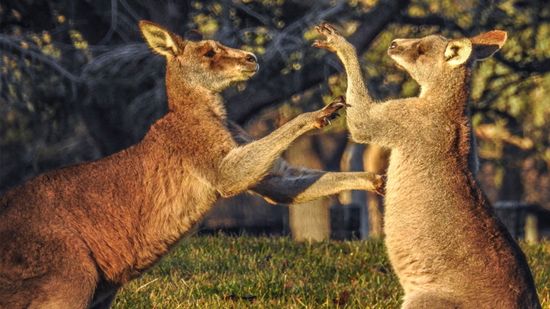
Do Kangaroos Really Box?
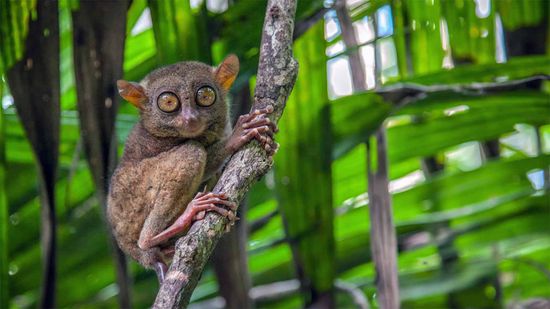
The Tarsier Is One Weird Primate, and Yes, We're Related
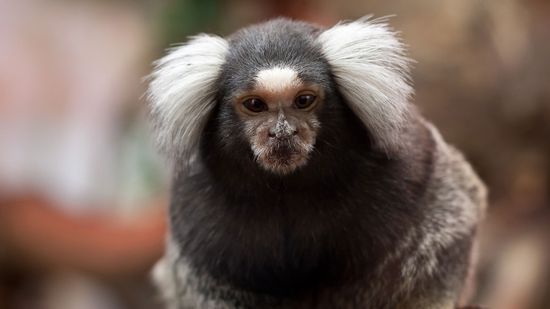
Marmosets Are Tiny, Upper Canopy-dwelling Monkeys
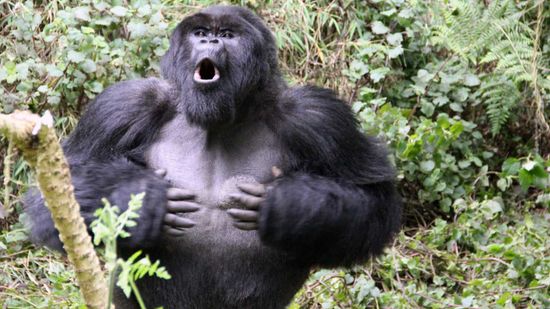
Why Do Gorillas Beat Their Chests?
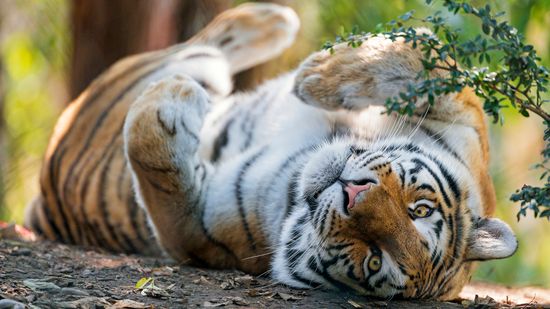
What Is the Biggest Cat in the World? Top 9 Species in the Wild

Cheetah vs. Leopard: Can You Spot the Differences?

Bunny vs. Rabbit: Is There a Difference?
Learn More / Page 2
The first new rat species found in the Solomon Islands in 80 years has been uncovered. But due to deforestation of its habitat, very few may still exist.
Fall is in full swing and that means squirrels are busy hoarding nuts for winter. So how do they remember where they buried them? Research suggests they use mnemonic strategies.
By Jamie Allen
Despite our best efforts at eradicating them, rats keep outsmarting us. Here's how.
Advertisement
Deprived of oxygen, naked mole rats can alter their metabolic functions to something less mammalian and more plantlike, burning fructose instead of glucose.
It's like the movie "Groundhog Day" every April, but with hibernation, a smaller rodent and way more hormones.
If you look outside your window right now, you'll probably see one running up a tree or checking you out. How did the squirrel get so commonplace?
Ring-tailed lemurs — perhaps the most iconic species on the tropical island of Madagascar — are in significant decline due to habitat loss, hunting and illegal capture.
Advertisement
Rising sea levels wiped out the entire population of a rodent species only found on remote Australian island Bramble Cay. Who's next?
The population-control strategy to rid the islands of the invasive species would use something called "gene driving" and GMO rodents.
By Chris Opfer
Like other marmots is alpine marmots are social creatures found in groups of ten to fifteen. But the population of marmots is declining due to the spread of agriculture.
Also called packrat, the bushy-tailed woodrat has a habit of stealing shiny objects to add to its den of sticks, bones is and vegetation. In this guide, you'll learn all about the packrat including it's habitat is and conservation status.
Advertisement
Residing primarly in dry rocky areas, the Crested Porcupine can grow up to 35 inches long. It also possesses specialized rattle quills on its tail that it can agitate, making a startling whizzing sound that sometimes deters predators.
In this guide, you'll learn all about the North American Porcupine, including its habitat, diet and conservation status.
Porcupines know nothing of bad hair days. These walking pin cushions use their prickly "hairs" to impale any animal that may pose a threat to their well-being.
Prairie dogs may look cute and cuddly, but are these rodents harbingers of deathly plague? Since there aren't any underground pharmacies in prairie dog towns, will disease wipe out these animals?
Advertisement
Environmentalists agree that beaver dams help the environment by creating wetlands but why are some landowners and farm owners getting riled up? How could these dams be hazardous to roads, bridges and levees?
